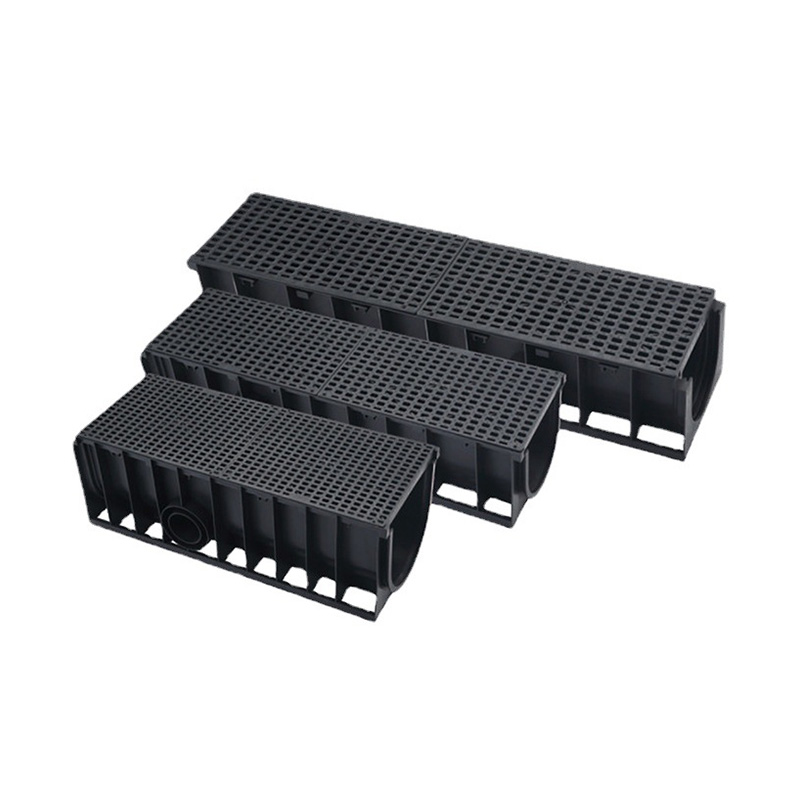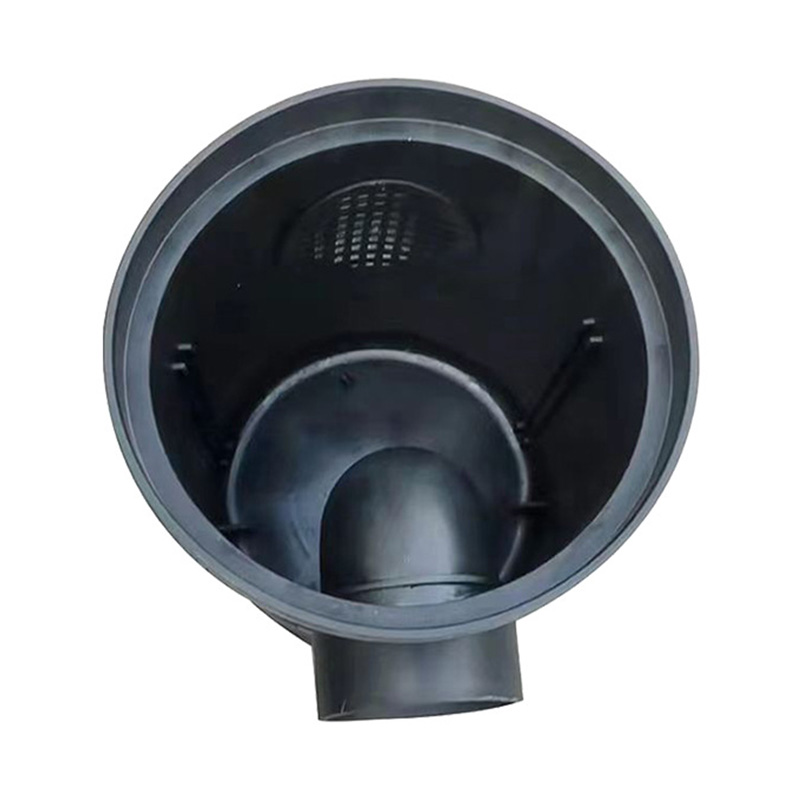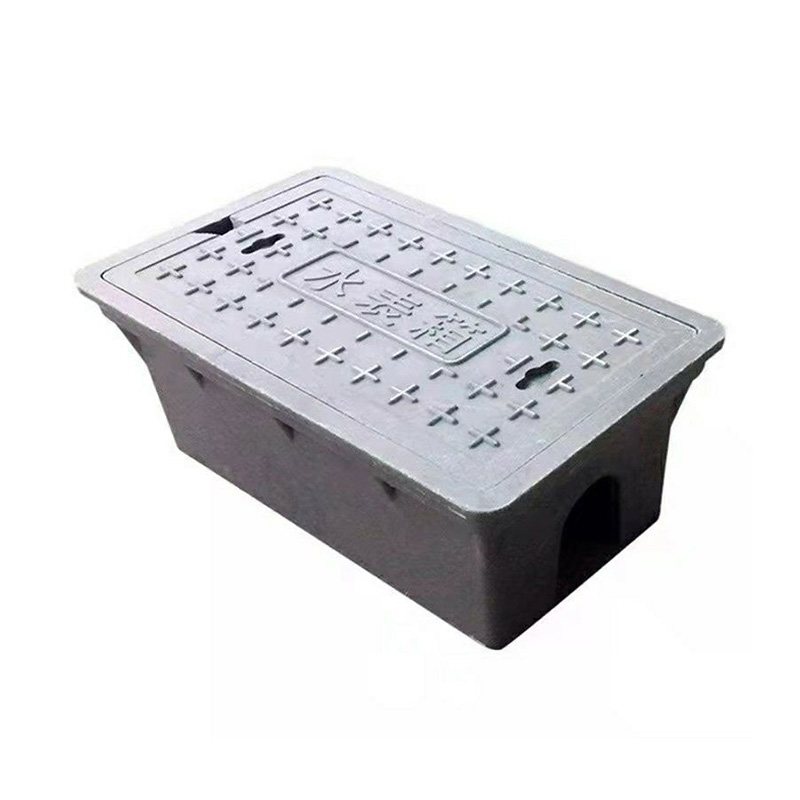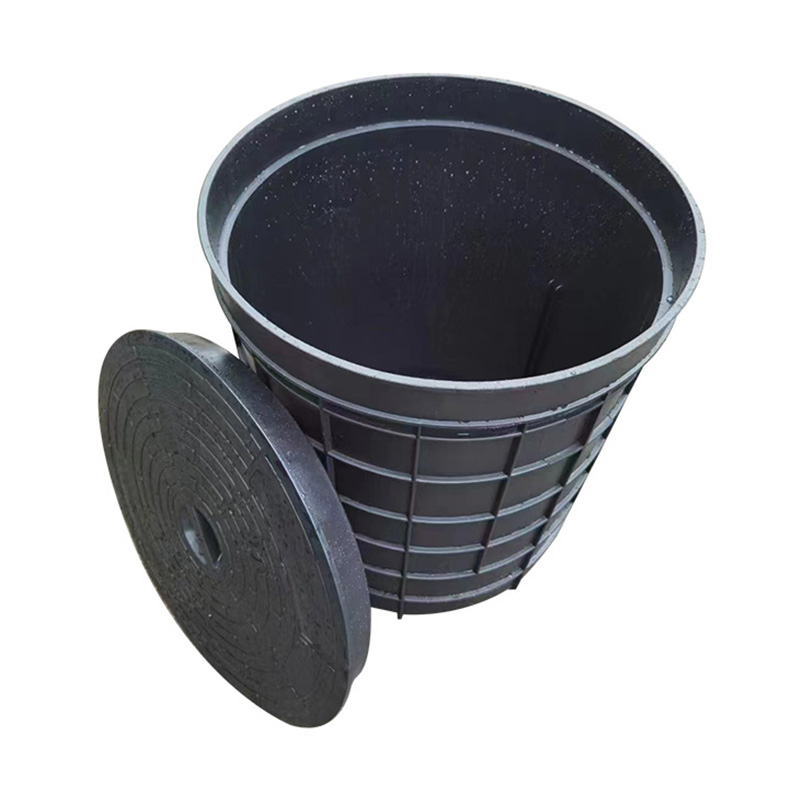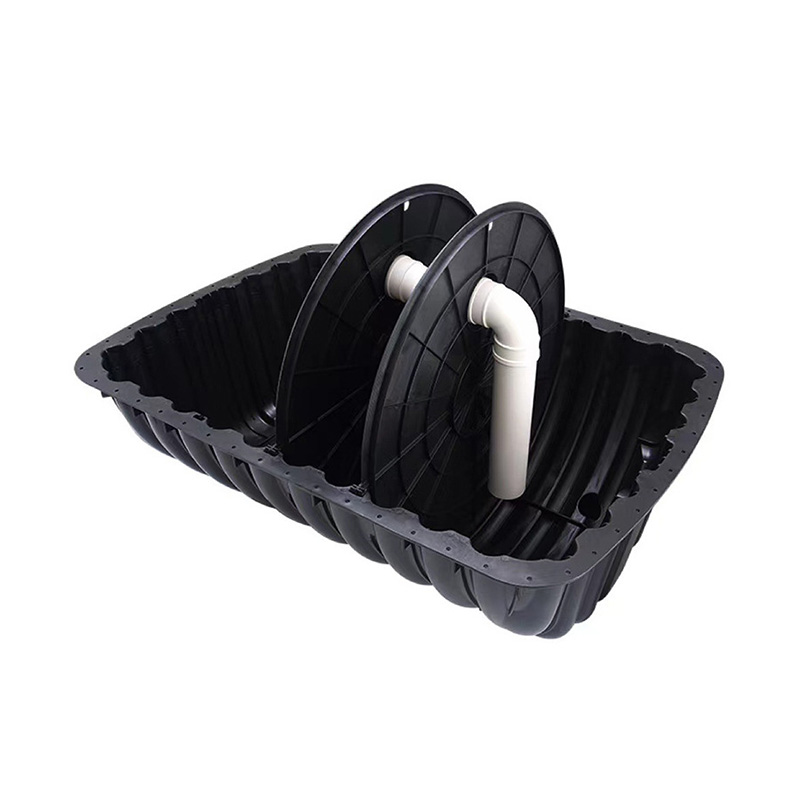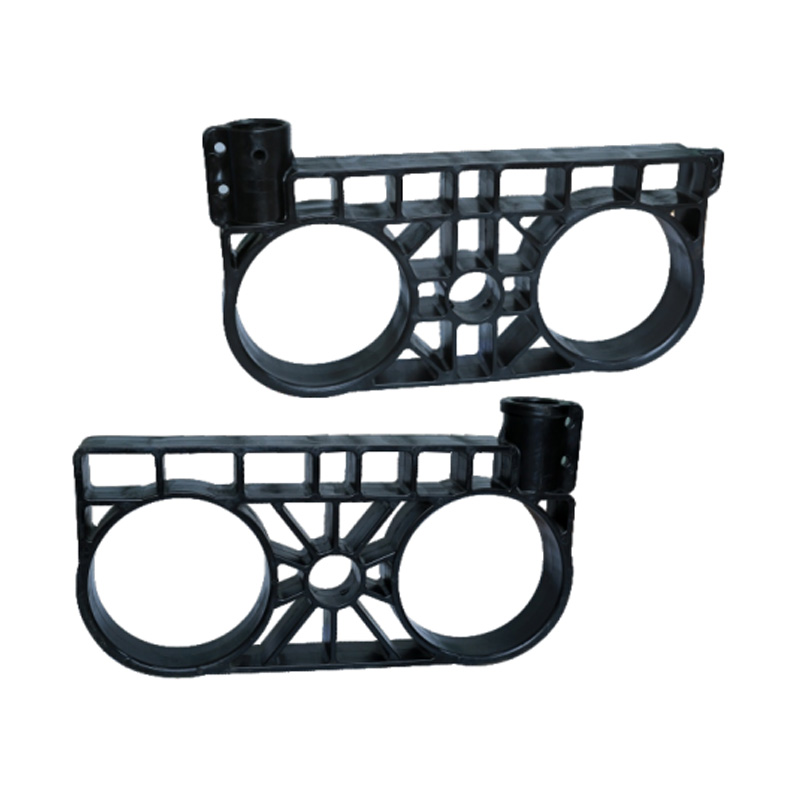Plastic drain channel covers have gained significant popularity in recent years due to advancements in material technology. Made from high-density polyethylene (HDPE) or polypropylene, these covers are known for their impressive durability and resistance to various environmental factors. A key advantage of plastic drain channel covers is their resistance to corrosion and rust, a common issue with metal covers, especially in areas with high moisture or chemical exposure.
Moreover, plastic drain grid covers are lightweight yet strong. They can withstand substantial loads without cracking or breaking, making them suitable for residential, commercial, and even some light industrial applications. Additionally, their flexibility allows them to absorb impacts better than rigid materials, reducing the risk of damage from heavy objects or vehicular traffic.
Metal covers, typically made from cast iron, steel, or aluminum, have been the traditional choice for drainage systems due to their robustness and load-bearing capacity. Metal trench drain covers are renowned for their strength and durability, making them ideal for heavy-duty applications such as industrial sites, highways, and areas with heavy vehicular traffic.
However, metal covers are susceptible to corrosion, especially in environments exposed to water, chemicals, or salt, such as coastal areas or industrial zones. Regular maintenance, including painting or coating, is often required to prolong their lifespan and maintain their integrity. Despite their susceptibility to rust, the inherent strength of metal ensures that, when properly maintained, these covers can last for decades.
When it comes to cost, plastic drain channel covers generally have a significant advantage over their metal counterparts. The initial purchase price of plastic covers is typically lower, making them a cost-effective choice for budget-conscious projects. Additionally, their lightweight nature translates to lower transportation and installation costs. Handling plastic drain grid covers is easier and less labor-intensive, which can further reduce overall project expenses.
Another financial benefit of plastic covers is their low maintenance requirement. Since they are resistant to rust and corrosion, there is less need for frequent inspections, repairs, or replacements. This long-term durability can substantial savings over the lifespan of the drainage system.
Metal covers, while often more expensive upfront, offer high quality strength and load-bearing capacity. The higher cost of materials such as cast iron or steel reflects their durability and performance in demanding conditions. For projects where high level of durability is necessary, the investment in metal trench drain covers can be justified by their ability to handle loads and harsh environments.
However, the cost of metal covers extends beyond the initial purchase. Regular maintenance to prevent rust and corrosion can add to the lifetime cost. Protective coatings or paints need to be reapplied periodically, and in some cases, covers might need to be replaced if they suffer from severe corrosion or damage.
For residential areas or light commercial applications, plastic drain channel covers are often the preferred choice. Their lower cost, ease of installation, and sufficient durability make them ideal for garden drainage, pedestrian pathways, and light traffic areas. Plastic drain grid covers can effectively handle rainwater and debris without the risk of corrosion, ensuring long-term functionality with minimal maintenance.
In contrast, industrial sites, highways, and areas with heavy machinery or high traffic volumes benefit from the strength and robustness of metal covers. Metal trench drain covers can support the weight and impact of heavy vehicles, forklifts, and other industrial equipment, ensuring reliable performance in demanding conditions. Despite the higher cost and maintenance needs, their durability and load-bearing capacity make them indispensable for such applications.

 English
English русский
русский Español
Español عربى
عربى